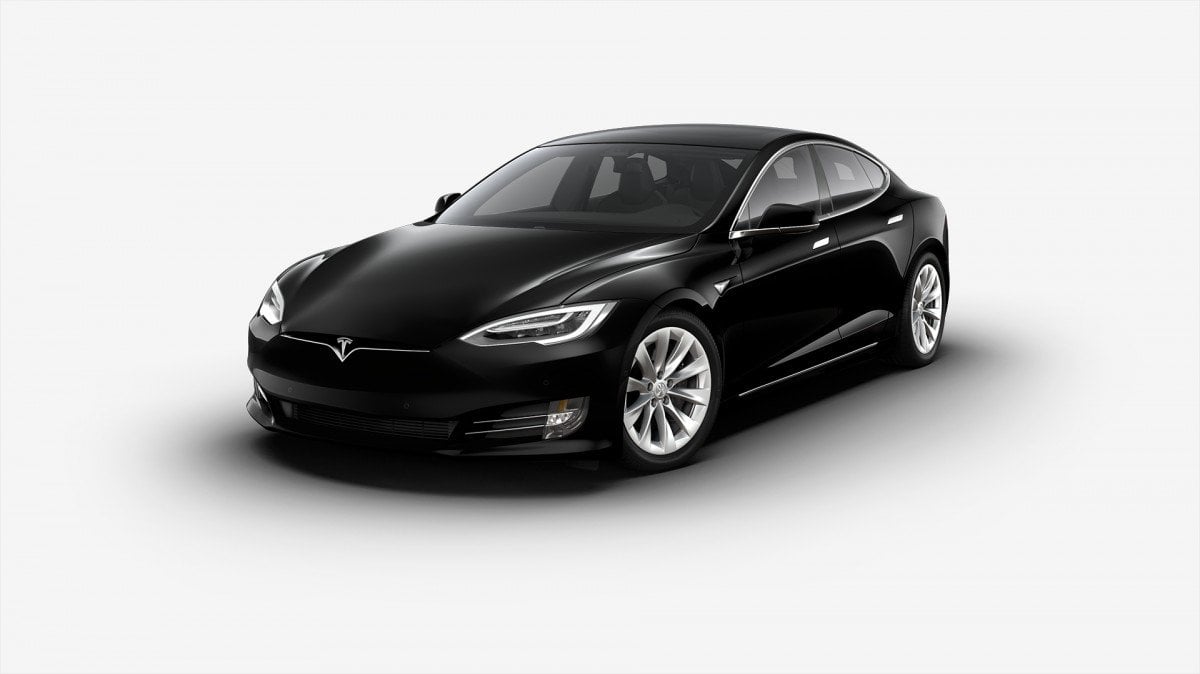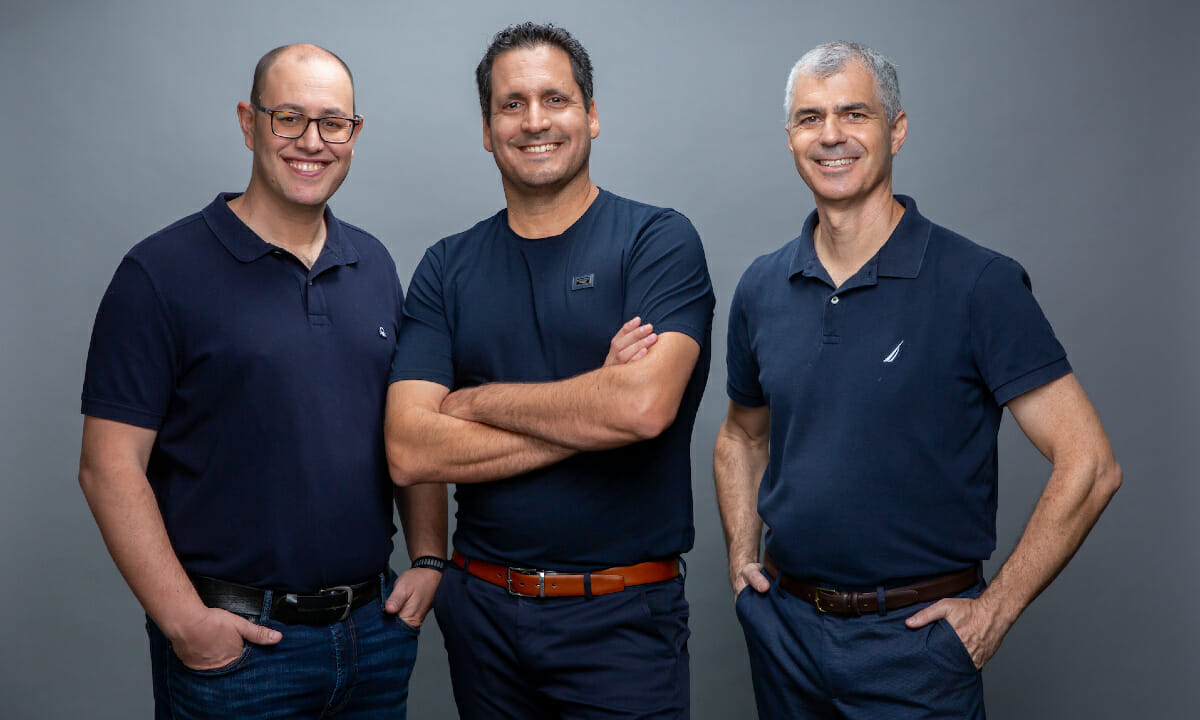A vision-driven product begins with a clear picture of the change you want to bring to the world. This vision must then permeate every aspect of the product’s design.
Q3 2021 hedge fund letters, conferences and more
Tesla’s Model 3 vs GM’s Chevy Bolt
For a great case study on how a vision-driven product is fundamentally different from an iteration-led one, consider the comparison between Tesla Inc (NASDAQ:TSLA)’s Model 3 and General Motors Company (NYSE:GM)’s Chevy Bolt. Sandy Munro, a well-known automotive expert, shared a detailed comparison of the Model 3 and the Bolt after taking apart the two cars and painstakingly analyzing each component. Munro summarizes his findings in an Autoline After Hours interview, describing the Bolt as a “good car.” But he was far more excited by the Model 3. “Tesla has the best design for electronics, the best harness design, the best driving experience, the best motor. . . . Everything apart from the skin is brilliant.” His only criticism of the Model 3 was the body—an area where Tesla has admitted to having problems.
Munro gives an example of Tesla’s vision-driven innovation: a smaller, cheaper, and more powerful engine. He says he had heard about the Hall effect in electric motors, which can make the motor 40 percent faster, but had never seen it used in electric vehicle (EV) engines. In his teardown comparisons to date, Tesla was the only carmaker using the Hall effect for its engine. It required Tesla to invent a new manufacturing process to glue together magnets of opposing polarity under high stress. Munro had never seen anything like Tesla’s magnets before and couldn’t figure out how anyone could mass-produce them.
Compare that to his description of the approach GM took to build the Bolt: “GM doesn’t have a lot of money to spend on designing every vehicle from scratch. So they started with a Spark chassis, outsourced the battery, and got a car to market quickly.” GM was iteration-led and found a local maximum in the Bolt.
The difference between how Tesla and GM approached the race to build commercially viable electric cars is evident in the vision behind these two cars. Tesla’s Model 3 was driven by a radical vision of building an affordable car that didn’t require a compromise from the driver to go “green.” When GM designed the Chevy Bolt, it was driven by the vision of beating the Tesla Model 3 to market with an EV that would have a range of more than 200 miles between charges.
Radical Product Thinking
Tesla designed the Model 3 as a mechanism to create the change it wanted to bring to the world (accelerating the transition to electric cars by making them more affordable)—that’s Radical Product Thinking. This clear purpose was translated into every aspect of the car. One team designed a more efficient electric motor using the Hall Effect; another designed a new magnet with varying polarities; another figured out a process to manufacture this innovative magnet. The connection across these roles and tactical activities is that the items were all thinking about a radical product, driven by a common vision. As Munro summarized his view on the Model 3, “This car is totally different. This is not inching up. This is revolutionary.”
Thinking radically about a product is often reflected in the organization’s structure. Take the cooling system in the Model 3, a single system that cools the entire car, including the batteries, cabin, and motor. It was designed as a single system to be as efficient as possible. In the Bolt, as in traditional cars, separate systems cool the different areas of the car. As Munro points out, at GM, each of these systems is someone’s domain and fiefdom. While creating a single cooling system has been talked about a lot in Detroit, it would require “crossing over too many lines.” At Tesla, the radical vision transcended organizational boundaries.
GM was able to find local maxima—it got a new model to market quickly, and it was a pretty good car at a lower price point. But Tesla found the global maximum, a breakthrough vehicle that has been outselling the Mercedes C-Class, BMW 3 Series, and Audi A4 combined.
Tesla used iterations to refine how to get where it was going. Tesla’s first iteration, the Roadster, ran on battery packs made of 6,831 off-the-shelf lithium-ion cells used in laptop batteries. Today Tesla’s Model 3 battery packs contain cells that were developed by the company with Panasonic. Munro views Tesla’s batteries as the best among the EVs—they provide the longest range and fastest charging times while occupying the least space. The company continues to iterate on its product. Tesla has acknowledged issues in manufacturing the Model 3 and continues to improve the design of the body and manufacturing processes.
GM, in contrast, used iterations to define where it was going. By starting with the same chassis as the Spark, even the same layout of the engine in the front, GM was preserving what it knew best (gasoline cars) and guaranteed that the Bolt would be evolutionary but not revolutionary.
GM Launched Its First EV Well Before Tesla
“But wait,” you might say, “Tesla had a lead on EVs. Given more time (and iterations), wouldn’t GM have found the same global maximum that Tesla found?” Fortunately, we can use historical evidence to answer this question: coming up with a visionary solution wasn’t a matter of iterating for long enough. It turns out GM had launched its first electric vehicle, the EV1, in 1996, well before Tesla was conceived.
GM leased the EV1 as a market test to customers in California, who loved the product. In fact, when GM wanted to shut down the program, citing liability issues and discontinuation of parts, customers sent checks to GM asking to buy their leased cars at zero risk to the company. GM didn’t even have to commit to servicing the cars— their owners wanted to keep using them regardless! GM returned the checks and chose to shut down the product line because an electric car has fewer moving parts and requires fewer parts to be replaced in the car’s lifetime—the EV1 would have cannibalized the spare parts business.
While GM had come up with an EV well before Tesla, their iterations weren’t vision-driven and it settled for the local maximum. Ironically, GM’s cancellation of the EV1 program led Elon Musk to start Tesla and eventually build the visionary Model 3.
Tempting Local Maxima
Despite their shortcomings, local maxima are often tempting because they can help you optimize for your corner of the chessboard. They can help you maximize profitability and business goals in the near term, as GM did by scuttling its EV program.
Since the 1980s the ideology of shareholder primacy, where a company’s primary goal is to maximize shareholder value, has become entrenched in business culture. Academics argued that managers would best serve companies (and society) by working to maximize shareholder value. Often this means delivering financial results every quarter to meet shareholders’ expectations of profits and growth— you’re incentivized to optimize for just a few pieces on the chessboard.
Startups too have similar incentives for a short-term focus. To demonstrate progress to investors and raise your next round of funding, you need to show quick results in terms of financial metrics or key performance indicators (KPIs), for example, the number of users, revenues, and growth. Irrespective of the size of the organization, the success of a product is typically measured on a single dimension: financial KPI.
Reprinted from Radical Product Thinking with the permission of Berrett-Koehler Publishers. Copyright © 2021 by R. Dutt.
About the Author
Radhika Dutt is the author of Radical Product Thinking: The New Mindset for Innovating Smarter. An entrepreneur and product leader, she has participated in four acquisitions, two of which were companies that she founded. She has built products in industries including broadcasting, media, advertising technology, government, consumer, robotics, and wine. Dutt advises organizations from high-tech startups to government agencies on building radical products that create a fundamental change instead of optimizing the status quo. She also teaches entrepreneurship and innovation at Northeastern University’s D’Amore-McKim School of Business. Dutt cofounded Radical Product Thinking as a movement of leaders creating vision-driven change and is a frequent speaker at business events and conferences around the world. She graduated from MIT with a bachelor’s and master’s degrees in electrical engineering and speaks nine languages, currently learning her tenth.






